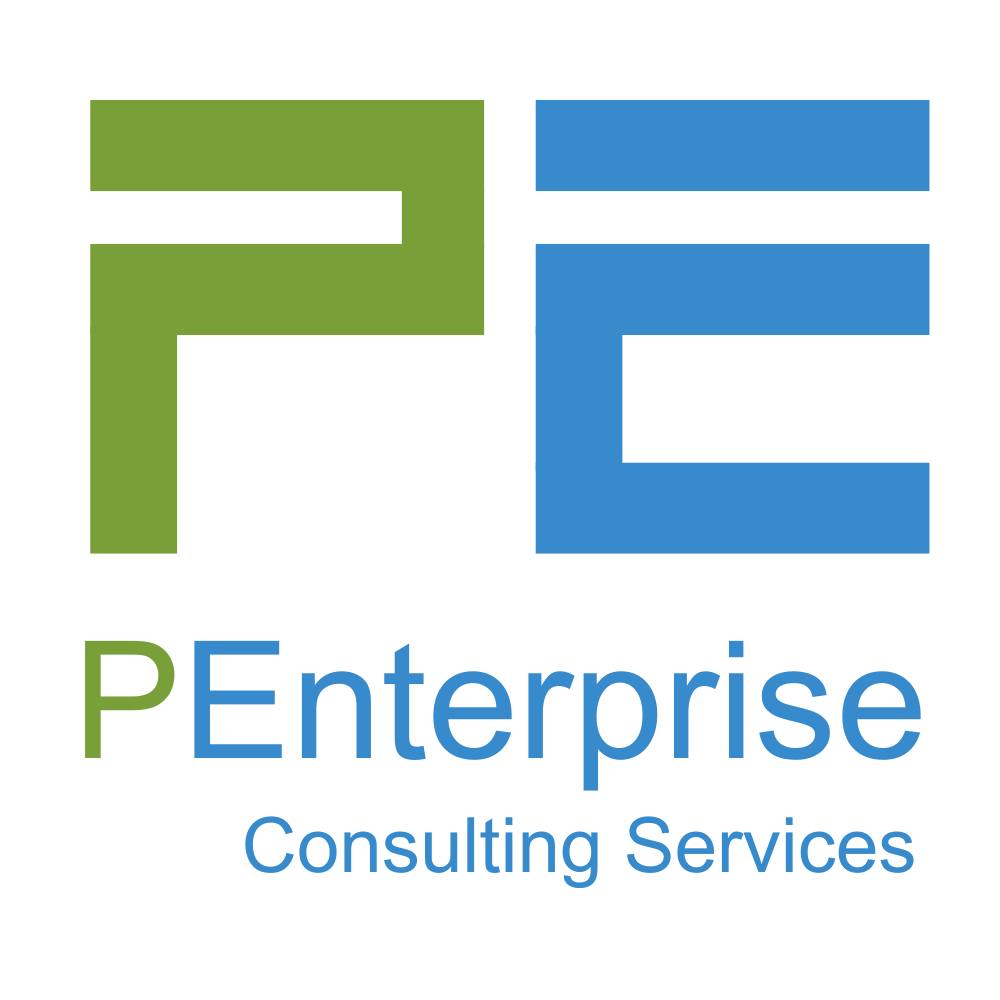When we think about air quality, most people picture outdoor pollution — smog, vehicle emissions, or wildfire smoke. But sometimes the air inside a building can be just as concerning. One hidden source of indoor air contamination is vapor intrusion, a process where harmful gases from contaminated soil or groundwater seep into buildings through cracks and openings.
Vapor intrusion is an emerging environmental issue that affects residential, commercial, and industrial properties. Left unaddressed, it can pose health risks, damage property value, and create regulatory challenges for owners and developers. The good news? With proper investigation and remediation, vapor intrusion can be effectively managed.
What Is Vapor Intrusion?
Vapor intrusion occurs when volatile organic compounds (VOCs) or other hazardous chemicals evaporate from contaminated soil or groundwater beneath a building. These vapors migrate upward through the soil and can enter structures through:
- Cracks in foundations or basement floors
- Gaps around utility lines and pipes
- Sump pumps and crawl spaces
- Porous building materials
Common contaminants linked to vapor intrusion include:
- Chlorinated solvents (like trichloroethylene or perchloroethylene, often from old dry-cleaning or degreasing operations)
- Petroleum hydrocarbons (like benzene, from gas stations or fuel storage sites)
Why It Matters: The Risks of Vapor Intrusion
1. Health Concerns
The most significant risk is exposure to harmful indoor air. Depending on the type and concentration of chemicals, vapor intrusion may cause:
- Short-term effects like headaches, dizziness, and nausea
- Long-term risks including respiratory issues, neurological effects, or even increased cancer risk with prolonged exposure
2. Property Value and Liability
Buildings impacted by vapor intrusion may see decreased property values. Lenders, buyers, and tenants are increasingly cautious about environmental liabilities. Failing to address vapor intrusion can make it harder to sell, lease, or redevelop a property.
3. Regulatory Compliance
Environmental agencies such as the U.S. Environmental Protection Agency (EPA) and state regulators are paying closer attention to vapor intrusion. Property owners may be required to assess and mitigate risks to meet health and safety standards. Non-compliance can result in fines or legal action.
How to Identify Vapor Intrusion
Because vapor intrusion isn’t visible, it requires environmental investigation and testing. The process typically includes:
- Historical research: Reviewing past site uses to identify potential contamination sources (such as dry cleaners, gas stations, or industrial facilities).
- Soil gas sampling: Collecting air samples from beneath the foundation to measure vapor concentrations.
- Indoor air testing: Analyzing the air inside the building to determine if vapors are present.
- Groundwater monitoring: If contamination is linked to groundwater, samples are taken to understand migration pathways.
How to Fix Vapor Intrusion
The right solution depends on the source and severity of contamination, as well as the type of building. Here are some of the most effective strategies:
1. Sub-Slab Depressurization Systems
Similar to a radon mitigation system, this method uses fans and venting pipes installed beneath the foundation. The system creates negative pressure, preventing gases from entering the structure and safely venting them above the roofline. This approach is often part of a larger site cleanup strategy.
2. Soil Vapor Extraction (SVE)
This remediation technique removes contamination directly from the soil. Wells are installed, and a vacuum system extracts vapors from the subsurface for treatment. SVE is often used for larger or more complex sites.
3. Sealing and Building Modifications
In some cases, sealing cracks, improving ventilation, or installing vapor barriers can reduce exposure. While these measures may not fully eliminate intrusion, they can be effective as interim solutions.
4. Groundwater Remediation
If groundwater contamination is the source, treatment may be required to stop vapors from migrating upward. Approaches include pump-and-treat systems, in-situ chemical treatment, or natural attenuation strategies.
The Role of Environmental Consultants
Addressing vapor intrusion requires a combination of scientific expertise, regulatory knowledge, and practical solutions. Environmental consultants guide property owners through:
- Site assessment and risk evaluation
- Sampling and data collection
- System design and implementation
- Regulatory reporting and compliance
- Long-term monitoring to ensure effectiveness
By working with a qualified consultant, property owners can protect occupants, safeguard property values, and ensure compliance with evolving environmental standards.
The Bigger Picture
Vapor intrusion is a complex but manageable challenge. It can affect a wide range of buildings — from homes to office towers — but with the right tools and expertise, risks can be identified and addressed.
For businesses, developers, and communities, taking action on vapor intrusion is about more than compliance. It’s about ensuring safe, healthy spaces where people live and work.


